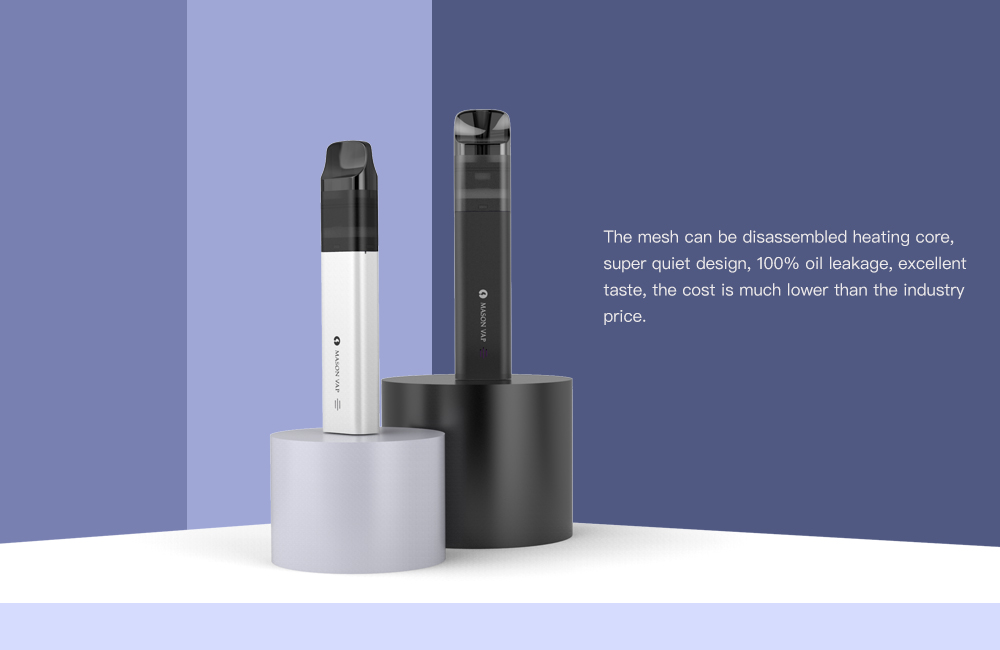The Future of Spare Parts Depends on 3D Printing for Zero Inventory and Fast Shipment
As technology matures, Electrolux Asia Pacific is considering the advantages of 3D printing as a way to reduce inventory and increase efficiency. Electrolux can produce parts on demand via a 3D print service provider platform. This strategy means that zero inventory can also be shipped quickly.
Electrolux Asia, the Swedish multinational home appliance manufacturer, recently partnered with SpareParts3D, a young Singaporean technology start-up company that conducts feasibility studies to assess the on-demand distribution and production of spare parts.

Traditional spare parts strategy can avoid rising costs
In order to support after-sales maintenance and repairs, most large manufacturers have stopped production of spare parts for a long time after spare parts production. Common after-sales services often come at the cost of high inventory costs. Not only need to store the materials in the warehouse in the labor cost and maintenance costs of the warehouse, there are some parts in the warehouse for a long time to stay, and ultimately be scrapped. In addition, when parts can no longer be supplied through on-site mass production, the cost of production increases significantly.
For long tails, manufacturers usually store warehouses at factories or distribution centers. It may take several weeks to ship parts from the distribution center to the final consumer. Saving inventory in a regional warehouse to shorten delivery time is a solution, but it means higher labor and maintenance costs.
3D printing may be the solution to minimize inventory costs and delivery time.
As technology matures, Electrolux Asia Pacific is considering the advantages of 3D printing as a way to reduce inventory and increase efficiency. Electrolux can produce parts on demand via a 3D print service provider platform. This strategy means that zero inventory can also be shipped quickly.
In order to test the feasibility, Electrolux Asia Pacific worked with SpareParts3D in Singapore to conduct technical and economic evaluations. The study consists of five steps.
Directory selection: SpareParts3D will become the best partner for Electrolux Asia Pacific region to maximize cost savings without additional investment. The two key are 1.3D printability - some kinds of spare parts can only be achieved through 3D printable. 2, profit margin
Industrialization: In order to optimize economic efficiency, SpareParts3D will carry out integrated engineering to determine the best materials and the most effective production parameters.
Digitized: A list of numbers containing the best production parameters for each selected reference.
Qualification: Quality testing and inspection of the final version.
Profitability analysis: Comparison of the costs of 3D printed spare parts and production through traditional means.
The future of spare parts depends on 3D printing
3D printing technology is considered a powerful complement to traditional manufacturing technologies. Spare parts management is bound to be subject to a surge in 3D printing. Using a global 3D printer network, producing and providing standard spare parts as needed, manufacturers can eliminate inventory and reduce transportation to the last mile. A recent PwC report predicts that the future of spare parts will be 3D. In five years, more than 85% of spare parts suppliers will integrate 3D printing into their business, because 3D printing will enable suppliers to increase the availability of spare parts and reduce Delivery time, reduce costs.
The utility model relates to a medical atomization treatment and humidifying device belonging to the technical field of medical equipment and household appliances.
Professional Medical Atomization manufacturer is located in China, including Medical Vape,Dose Control Vape Pen,Supersonic Wave Vape, etc.
Medical Atomization,Medical Vape,Dose Control Vape Pen,Supersonic Wave Vape
Shenzhen MASON VAP Technology Co., Ltd. , https://www.cbdvapefactory.com